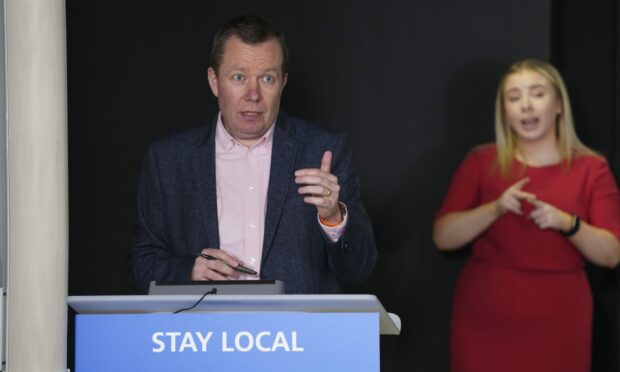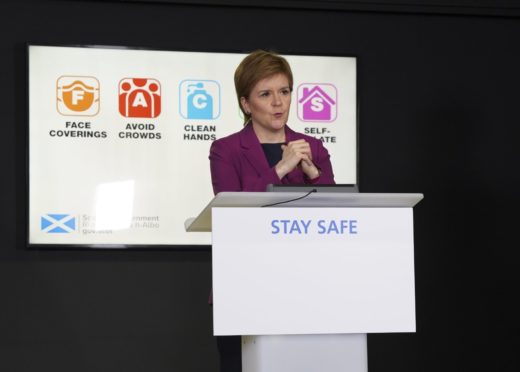The World Health Organisation is looking to learn from the way Scotland handles the current wave of coronavirus, according to the country’s clinical director.
At a coronavirus briefing on Friday 2 July with First Minister Nicola Sturgeon, clinical director Professor Jason Leitch said the WHO has asked to speak to the Scottish Government about its current handling of the pandemic, as it is one of the first countries to see a spike in cases despite having a “substantial” vaccination programme.
Ms Sturgeon also added other European countries will also be watching Scotland as it is one of the first countries to see spikes driven by the Delta variant.
WHO wants to learn lessons from Scotland to help the rest of Europe
Speaking at the briefing, Mr Leitch said: “The WHO said that Europe, after 10 weeks of cases falling, is increasing again.
“It has asked to speak to us and the UK because there is no doubt the UK is at the vanguard in this part of the world for [the Delta] variant.
“It happened in Asia first, and we are now the second group of countries to get it.
“The WHO wants to learn from us on how we are managing, to help the rest of Europe.
With the rise in travelling this summer, different #COVID19 variants, including the Delta variant, are currently circulating.
Find @WHO advice on vaccines, variants and travel this summer 👇 https://t.co/lBgwqxFSty
— WHO/Europe (@WHO_Europe) July 1, 2021
“The challenge in the rest of Europe is vaccination numbers.
“They have to vaccinate faster and that’s why you see them reintroducing restrictions – it is to buy time for their vaccination programme to get anywhere near us.”
Europe looks to Scotland as it handles the spread of the Delta variant
At Friday’s briefing Ms Sturgeon also said other countries in Europe will be looking at how Scotland is handling the spread of the Delta variant.
The Delta variant now accounts for around 95% of cases in the UK, and is now spreading across the continent.
She said: “Second in waves one and two was behind the UK curve.
“All parts of the UK are now following the same pattern but we are now ahead and above the UK curve, and we are one of the first countries facing a significant spike in cases as we have quite substantial levels of vaccination.
“In previous stages of the pandemic we would have looked to other countries like Spain or France, and said we are about four weeks behind them, and look at what happened there.
“There will be many countries looking at Scotland now and seeing what is happening here to tell them what they are looking at.
There will be many countries looking at Scotland now and seeing what is happening here to tell them what they are looking at.
“The whole of Europe is on the same trajectory.”
Spread in Glasgow and lower immunity led to Delta variant taking over
Ms Sturgeon also said some of the reasons the Delta variant is taking hold in Scotland so much is because it has spread in the biggest city, and because fewer people caught the deadly virus in the first and second wave.
She said: “Delta ceded into our biggest city, whereas in England it ceded into Bolton which has a smaller proportion of the population than Glasgow has in Scotland.
“The second factor may be due to our experience in waves one and two.
“We still have lower population immunity because fewer of us had the virus in earlier period than was the case in England.
“Vaccination is evening this out, but we could have an eight to 10% bigger proportion of the population which is still susceptible to the virus.
“That may partially explain what we have seen.”

